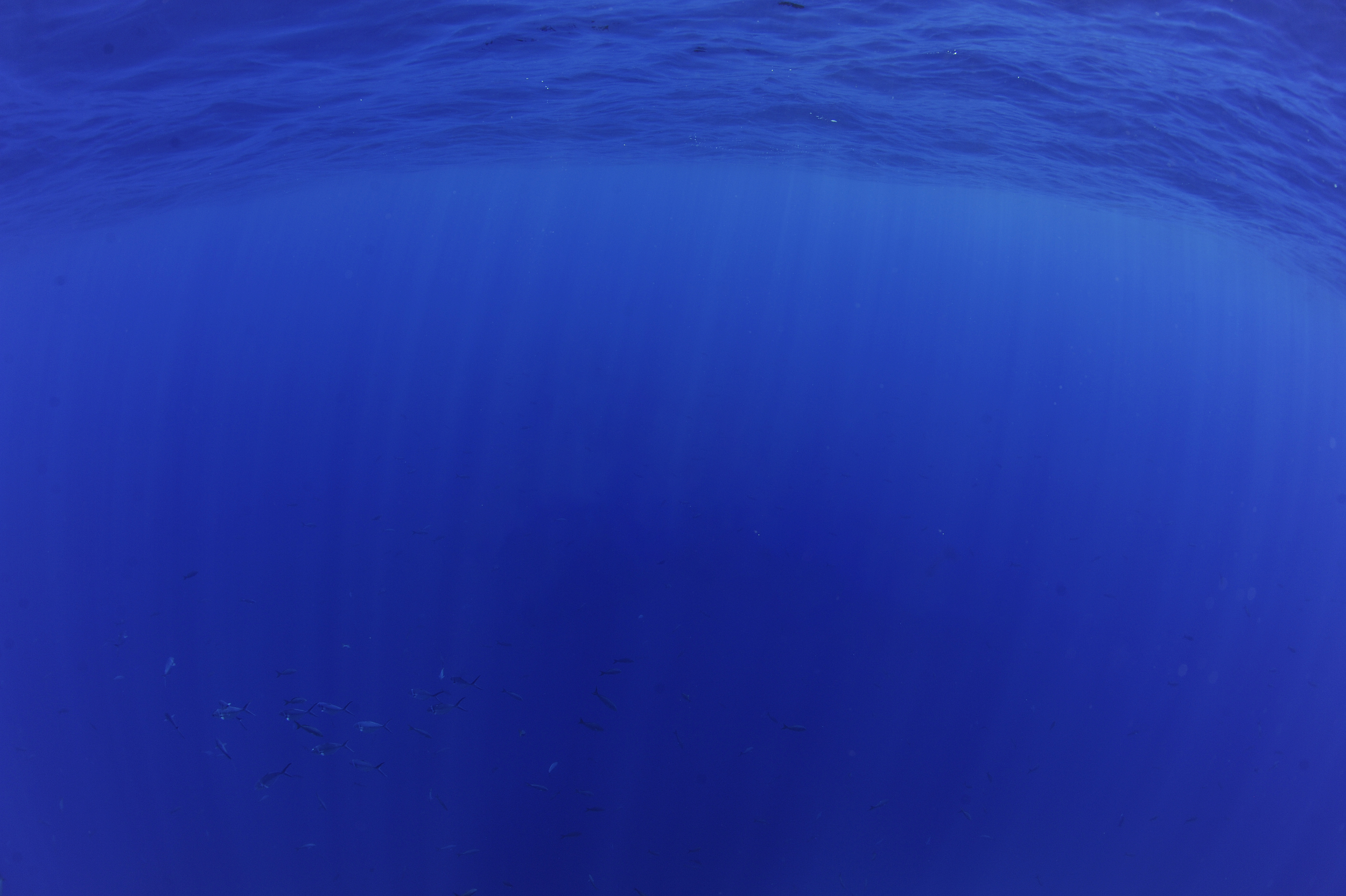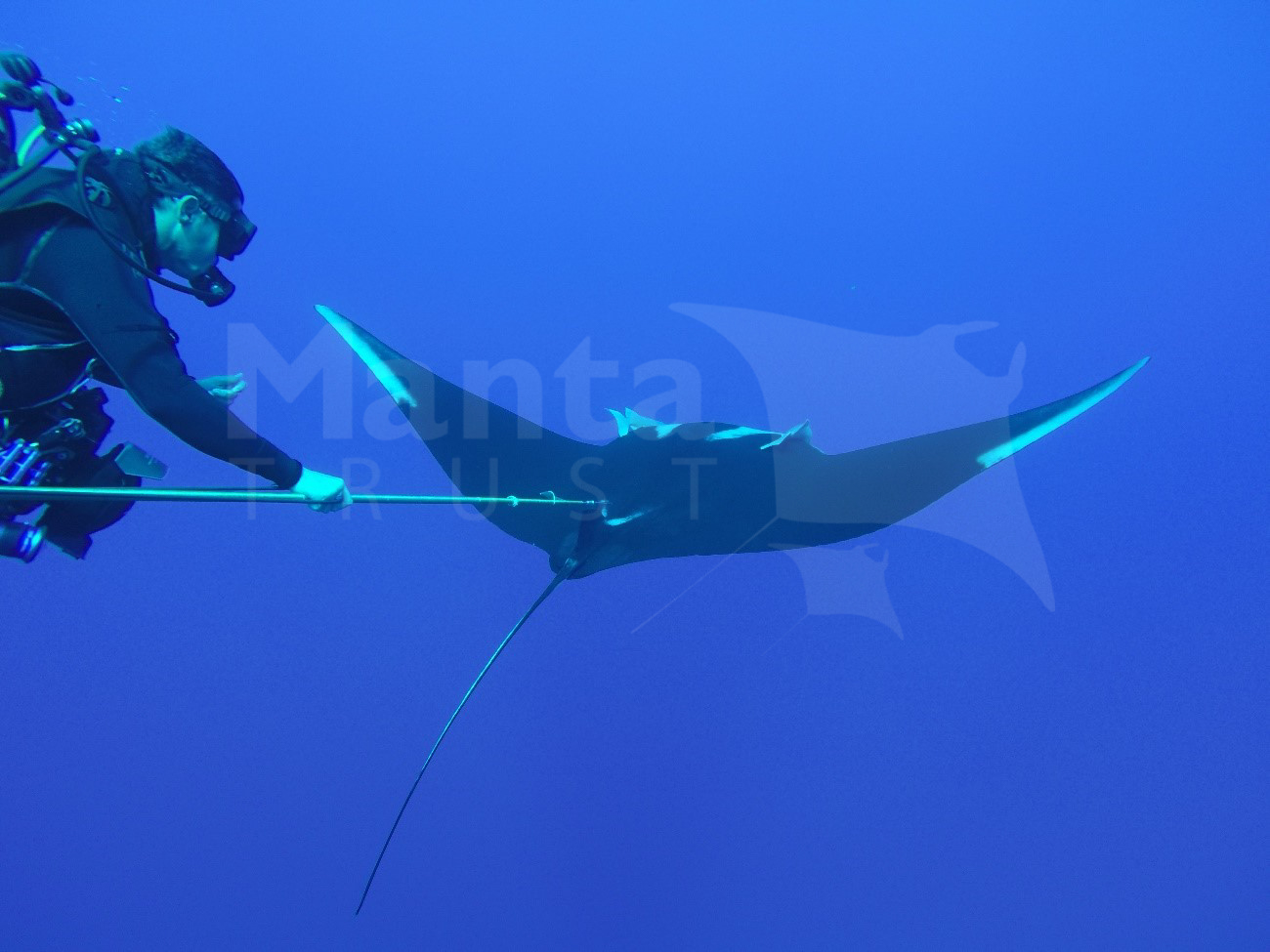
PROJECT OVERVIEW
The Brazilian coast hosts only a few hot spots of marine biodiversity. These areas are targeted both by dive tourist operators, as well as by sport and commercial fishers. Two of the three confirmed aggregation hot spots for manta rays in Brazil also lie within busy commercial shipping routes. More information on Brazil’s manta ray population, and the threats they face, is needed to ensure informed decisions are made for the conservation management of these species.
The Brazilian Marine Megafauna Project (BMM) or Projeto Megafauna Marinha do Brasil was founded in 2015 to assess the population size and structure of Brazil’s manta rays, investigate their migration patterns and reproductive strategies, as well as the anthropogenic threats faced by these animals. As a supporting member of the European Citizen Science Association, the project aims to promote manta ray science and conservation among governments, tourists, local communities and tour operators to create greater awareness and protection for these graceful rays and their habitats. The project’s local outreach focus is to train divers to become engaged in citizen science, and drive education among Brazil’s children. The scientific focus is to gather robust data on manta rays through satellite tagging, photo-ID, behavioural observations and genetic sampling.
Whilst BMM's manta project is relatively young, its founder and team are not new to the world of marine conservation. Since 2004, the team has been working with manta rays in Brazil, participating in important publications related to these species. The knowledge that the team has accumulated in the last twelve years has galvanised their efforts to ensure more effective conservation actions for marine megafauna is undertaken locally in Brazil.
PROJECT GOAL
To ensure greater protection for manta rays and their habitats in Brazilian waters, and promote wider awareness of these species and conservation among regional governments, tourists, businesses and local communities.
Main Objectives
To achieve this goal, the Brazilian Marine Megafauna Project works to meet the following objectives:
(1) Develop a photo-identification database of individual manta rays in Brazil;
(2) Assess and compare the spatial and temporal distribution, and behaviour, of Brazilian mantas with other populations in the Americas, including Ecuador and Mexico;
(3) Record any signs of reproductive activity among oceanic mantas in the known aggregation areas, or any other site, in Brazil;
(4) Identify and assess any threats to the oceanic manta ray population and their habitat in Brazil, by monitoring tourism activities at key manta aggregation sites and recording incidences of targeted or accidental injury;
(5) Drive the effective implementation and maintenance of national protective legislation for manta rays, which our team helped to create in 2013.

Key Achievements
Established a successful monitoring programme for oceanic manta rays along the southern coast of Brazil, in the state of Sao Paulo, during the winter season.
Assisted Erick Higuera in Mexico with tagging mantas during an expedition to the Revillagigedo Archipelago.
Photos from the field

In the Media
After the scheduled 12-month satellite tagging of a healthy adult melanistic female of Manta bisrostris (Raia Manta Oceânica), by the biologist and researcher Erick Higuera, we had the opportunity to confirm the photo identification as well as the anchorage check of the equipment on the animal.












